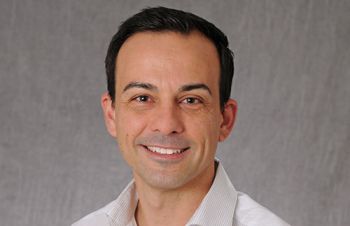
Online - Zoom
In order to develop successful HIV cure interventions, the basic mechanisms underlying latency establishment and reversal must be known. Mechanistic studies are difficult to carry out in samples from people living with HIV (PLWH) due to the availability of sample and the scarcity of these cells in vivo; thus, cell lines and primary cell models serve an important purpose in understanding the biology of HIV-1 latency.
Dr. Bosque's group has extensively characterized a primary model of latency that uses CD4T cells isolated from HIV-negative donors (Bosque and Planelles, Blood, 2009; Macedo et al, AIDS Res Hum Retroviruses, 2018; Sarabia et al, Journal of Virology, 2021). This model has been extensively used to discover and evaluate latency-reversing agents (LRAs); to perform mechanistic studies examining pathways involved in the establishment and maintenance of latency; and has several similitudes when compared with the reservoir in PLWH including similar integration patterns, clonal expansion and blocks in HIV-1 splicing. Furthermore, this model allows Dr. Bosque's team to investigate the role of biological sex and sex hormones in HIV latency. As such, this model could be used to further understand the mechanisms involved in HIV persistence in CD4T cells as well as the pre-clinical evaluation of HIV cure strategies.